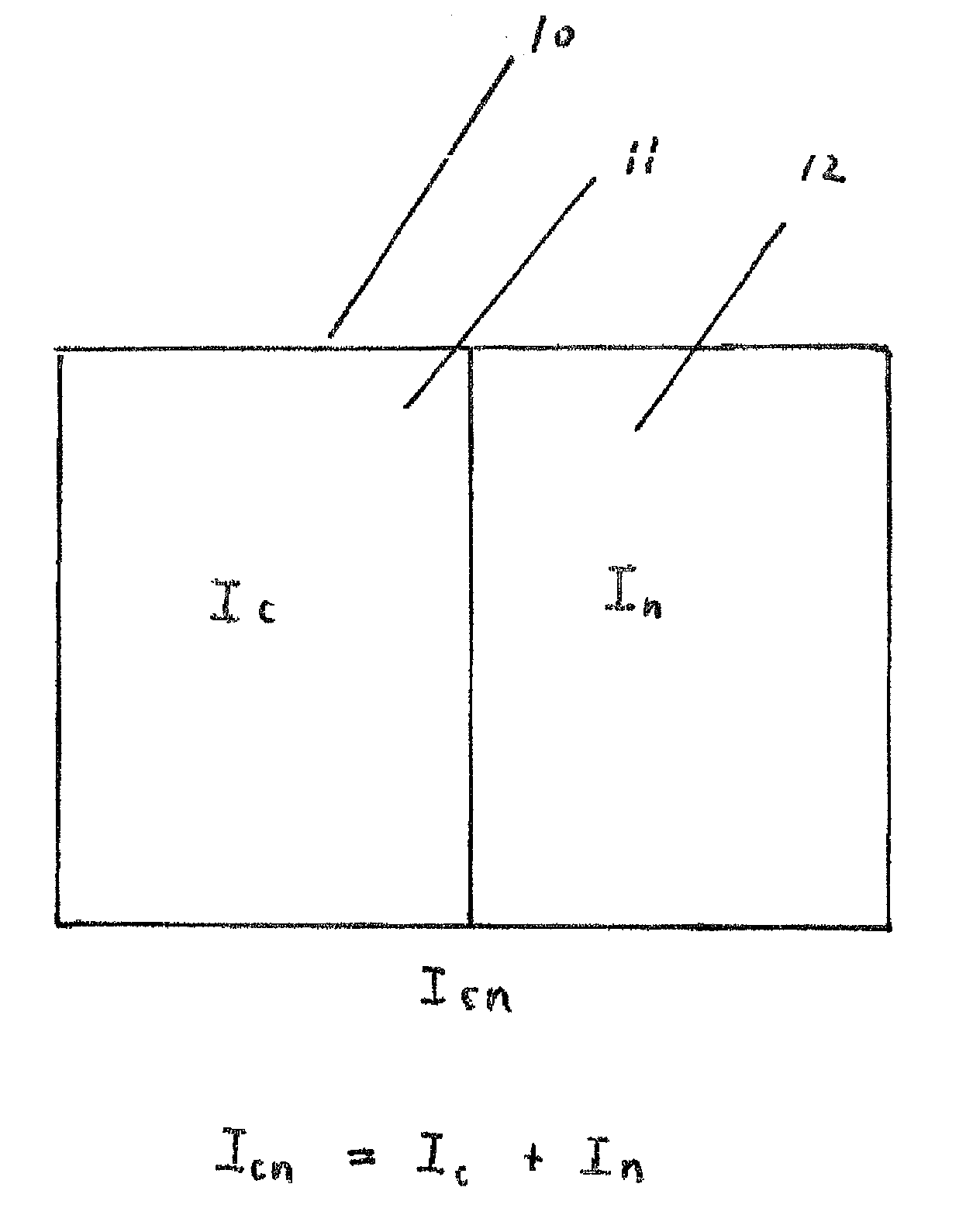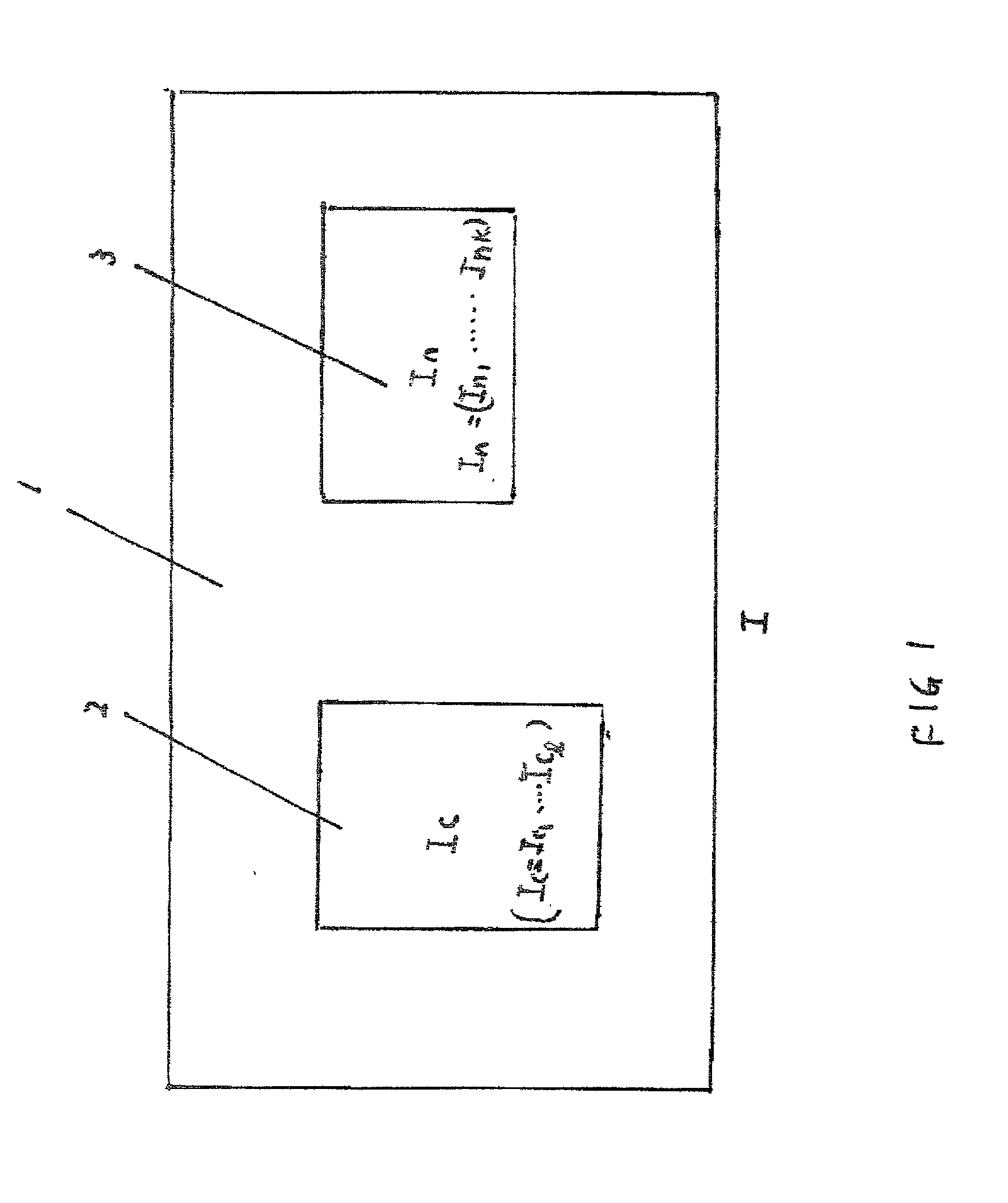Differentiation of CAD vs NCI with different patterns of empi indexes
- Summary
- Abstract
- Description
- Claims
- Application Information
AI Technical Summary
Benefits of technology
Problems solved by technology
Method used
Image
Examples
Embodiment Construction
[0017] Referring now to the drawings, FIG. 1., Reference numeral 1 generally identifies the whole group of "EMPI indexes" (U.S. Pat. No. 5,649,544 and U.S. Pat. No. 5,509,425). Then empirically "screen" the "EMPI indexes" to acquire two special indexes groups (clusters). One is group "Ic", reference numeral 2, which is the indexes related to CAD. The other one is the group "In", reference numeral 3, which is the indexes related to NCI. The definition of (i.e. the screening method of) "Ic" is the indexes of which, its positive (occurrence) rate in CAD patients is higher than NCI patients. The definition of "In" is the indexes of which, its positive (occurrence) rate in NCI patients is higher than CAD patients.
[0018] In FIG. 2. Reference numeral 11 generally identifies the group of "EMPI indexes" related to differentiation of CAD vs. NCI, namely "Icn", which is the combination of the group "Ic" and "In", reference numeral 11 and 13 respectively.
[0019] In FIG. 3. Reference numeral 20 g...
PUM
 Login to View More
Login to View More Abstract
Description
Claims
Application Information
 Login to View More
Login to View More - R&D
- Intellectual Property
- Life Sciences
- Materials
- Tech Scout
- Unparalleled Data Quality
- Higher Quality Content
- 60% Fewer Hallucinations
Browse by: Latest US Patents, China's latest patents, Technical Efficacy Thesaurus, Application Domain, Technology Topic, Popular Technical Reports.
© 2025 PatSnap. All rights reserved.Legal|Privacy policy|Modern Slavery Act Transparency Statement|Sitemap|About US| Contact US: help@patsnap.com



